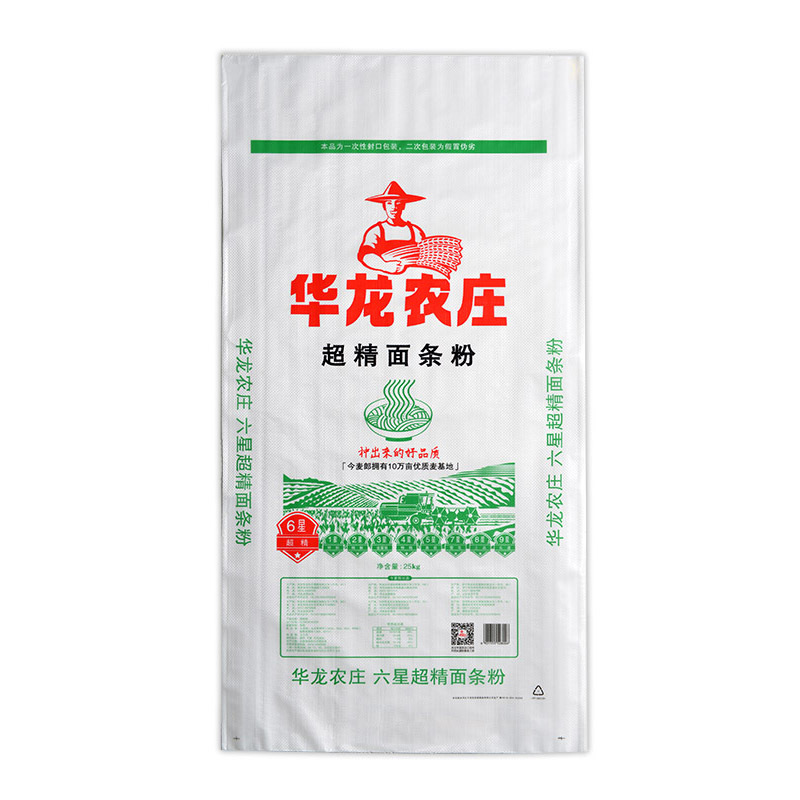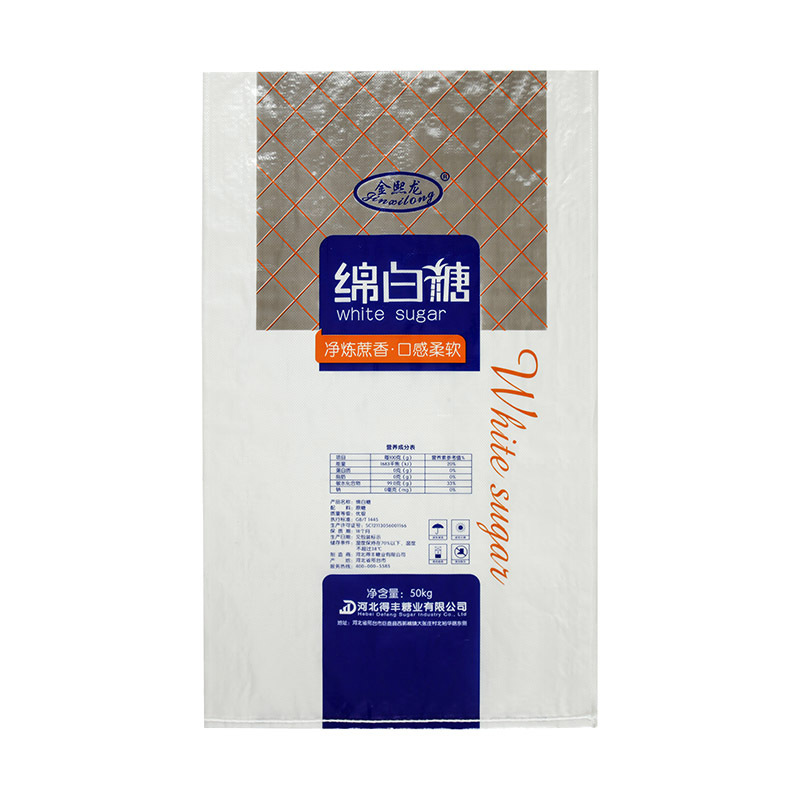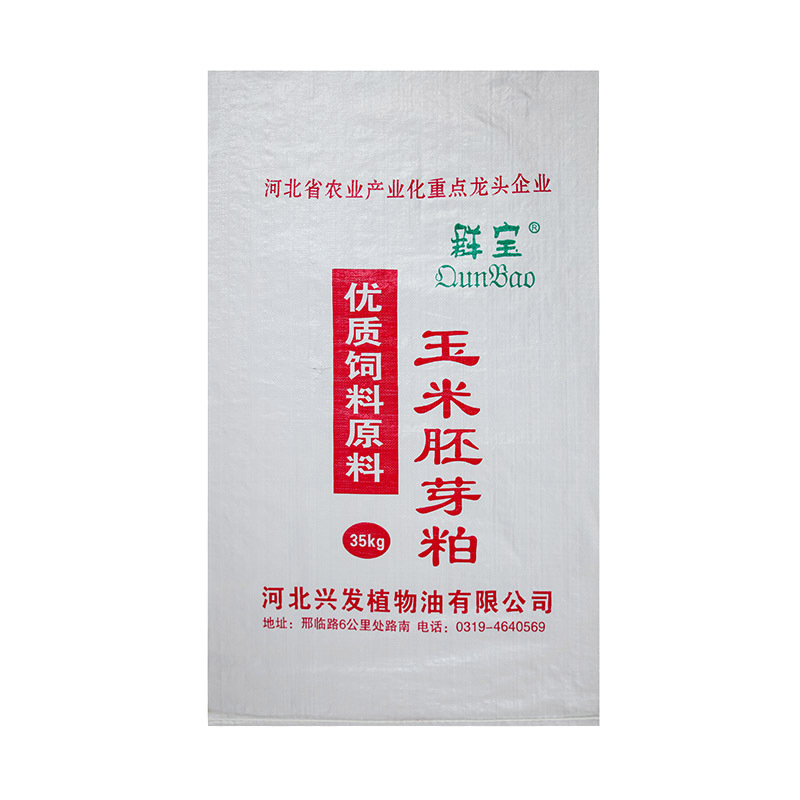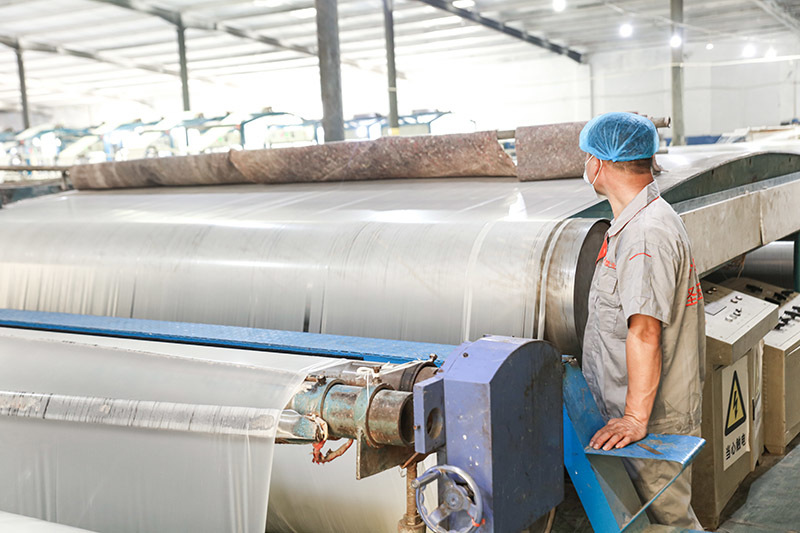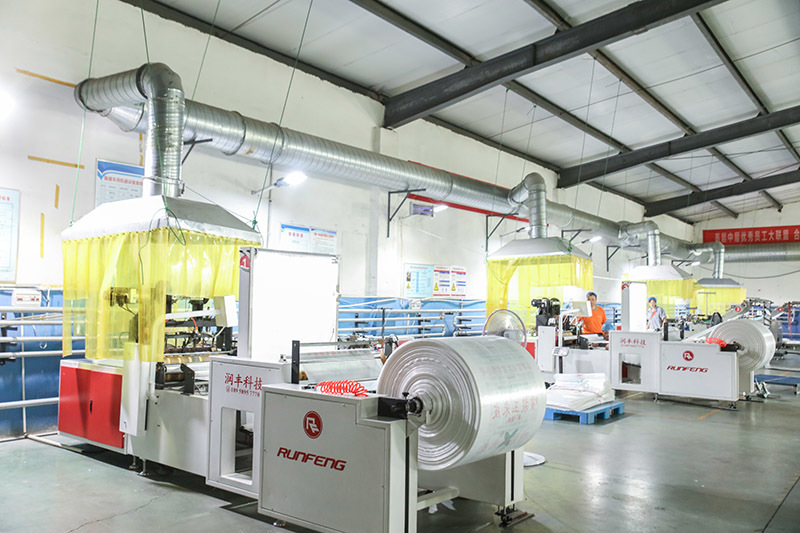News Center
Focus on hot spots
Contact Information
Mailbox:hebeifuzeyuan@163.com
Telephone: 86 0319-6666358
Mobile: 86 13784903535
Address: Dongfang Food City, Longyao County, Xingtai City, Hebei Province
The Evolution of Plastic Woven Bags in Sustainable Packaging Solutions
Release time:
2025-04-21
The Evolution of Plastic Woven Bags in Sustainable Packaging Solutions Table of Contents 1. Introduction to Plastic Woven Bags 2. History of Plastic Woven Bags 3. Manufacturing Process of Plastic Woven Bags 4. Sustainability and Environmental Impact 5. Benefits of Using Plastic Woven Bags in Packaging 6. Applications of Plastic Woven Bags 7. Innovatio
The Evolution of Plastic Woven Bags in Sustainable Packaging Solutions
Table of Contents
- 1. Introduction to Plastic Woven Bags
- 2. History of Plastic Woven Bags
- 3. Manufacturing Process of Plastic Woven Bags
- 4. Sustainability and Environmental Impact
- 5. Benefits of Using Plastic Woven Bags in Packaging
- 6. Applications of Plastic Woven Bags
- 7. Innovations in Plastic Woven Bag Technology
- 8. The Future of Plastic Woven Bags in Sustainable Packaging
- 9. Frequently Asked Questions
- 10. Conclusion
1. Introduction to Plastic Woven Bags
Plastic woven bags have gained significant traction in the packaging industry, particularly as businesses and consumers become more environmentally conscious. These bags are primarily made from polypropylene, a type of plastic that is both lightweight and durable. Their versatility allows them to be utilized across various sectors, making them a popular choice for packaging solutions. Understanding the evolution of plastic woven bags is essential for grasping their role in sustainable packaging practices.
2. History of Plastic Woven Bags
The journey of plastic woven bags began in the late 20th century. Initially designed for agricultural purposes, these bags quickly found their way into the commercial sector. The introduction of advanced weaving techniques enabled manufacturers to produce stronger and more reliable bags, suitable for heavy-duty applications. Throughout the years, as awareness of environmental issues increased, the demand for sustainable packaging solutions surged, prompting the evolution of plastic woven bags into eco-friendly options.
3. Manufacturing Process of Plastic Woven Bags
The manufacturing process of plastic woven bags involves several key stages:
3.1 Extrusion and Weaving
The first step involves extruding polypropylene into thin strands, which are then woven together to create a strong fabric. This process is essential for producing bags that can withstand substantial weight and stress.
3.2 Lamination
To enhance the durability and water resistance of the bags, a lamination process is often applied. This involves layering a thin film over the woven fabric, providing an extra barrier against moisture and wear.
3.3 Printing and Customization
Many companies opt to customize their plastic woven bags with branding and designs. Advanced printing technologies allow for vibrant graphics and logos, making these bags not just functional but also marketing tools.
4. Sustainability and Environmental Impact
One of the most critical aspects of plastic woven bags is their sustainability. While traditional plastic bags contribute significantly to pollution, plastic woven bags offer a more sustainable solution due to the following reasons:
4.1 Reusability
Plastic woven bags are designed for multiple uses, reducing the need for single-use plastics. Their durability allows consumers to rely on them for various purposes, from grocery shopping to storage solutions.
4.2 Recyclability
These bags can be recycled, which helps divert waste from landfills. Many recycling programs accept polypropylene, allowing for the production of new bags or other products from recycled materials.
4.3 Reduced Carbon Footprint
The production process of plastic woven bags generally emits fewer greenhouse gases compared to traditional plastic bags. This reduction in carbon footprint is vital in the fight against climate change.
5. Benefits of Using Plastic Woven Bags in Packaging
The advantages of plastic woven bags extend beyond sustainability. Here are some key benefits:
5.1 Strength and Durability
Plastic woven bags are incredibly strong and can carry heavy loads without tearing or breaking. This durability makes them ideal for packaging goods in various industries, including agriculture, construction, and retail.
5.2 Cost-Effectiveness
In comparison to other packaging options, plastic woven bags are often more affordable. Their long lifespan means businesses can save money on replacing damaged packaging frequently.
5.3 Customizable Options
With the ability to easily print designs, companies can create bags that align with their branding strategies, effectively communicating their message while providing a functional product.
6. Applications of Plastic Woven Bags
The versatility of plastic woven bags leads to a wide range of applications:
6.1 Agricultural Use
Farmers use these bags for transporting grains, seeds, and fertilizers. Their strength ensures secure storage and transportation without the risk of spillage.
6.2 Retail Packaging
Many retail stores have adopted plastic woven bags as an eco-friendly alternative to traditional plastic shopping bags, catering to environmentally conscious consumers.
6.3 Industrial Packaging
In industries like construction and manufacturing, these bags are utilized for packaging raw materials, ensuring safe handling and transport.
7. Innovations in Plastic Woven Bag Technology
As the demand for sustainable packaging continues to grow, innovations in plastic woven bag technology are emerging.
7.1 Biodegradable Options
Recent advancements have led to the development of biodegradable plastic woven bags that decompose over time, further reducing environmental impact.
7.2 Enhanced Barrier Properties
Innovations in lamination and coating technologies have improved the barrier properties of plastic woven bags, making them suitable for packaging food and other perishable goods.
7.3 Smart Packaging Solutions
The integration of technology into plastic woven bags—such as QR codes for recycling information—enhances consumer engagement and education about sustainable practices.
8. The Future of Plastic Woven Bags in Sustainable Packaging
Looking ahead, plastic woven bags are poised to play an integral role in the future of sustainable packaging. As companies strive to meet consumer demands for eco-friendly solutions, the continued evolution of these bags will likely lead to even more innovative and sustainable practices. The focus on reducing plastic waste and improving recyclability will shape the direction of the industry, positioning plastic woven bags as a key player in sustainable logistics.
9. Frequently Asked Questions
9.1 What materials are plastic woven bags made from?
Plastic woven bags are primarily made from polypropylene, a lightweight and durable plastic that enables the bags to carry heavy loads.
9.2 Are plastic woven bags recyclable?
Yes, plastic woven bags can be recycled, and many recycling programs accept polypropylene, allowing these bags to be repurposed for new products.
9.3 How long do plastic woven bags last?
With proper care, plastic woven bags can last several years, making them a cost-effective and environmentally friendly option.
9.4 Can plastic woven bags be used for food packaging?
Yes, with advancements in technology, plastic woven bags can be designed with enhanced barrier properties, making them suitable for food packaging.
9.5 Are there biodegradable plastic woven bags available?
Yes, recent innovations have led to the creation of biodegradable plastic woven bags that decompose over time, further minimizing environmental impact.
10. Conclusion
The evolution of plastic woven bags in sustainable packaging solutions highlights their growing importance in today’s eco-conscious market. With their durability, versatility, and sustainability credentials, these bags represent a significant step forward in reducing environmental impact. As innovations continue to emerge, plastic woven bags are set to play an even more critical role in the future of packaging, combining functionality with ecological responsibility. Adopting these solutions can help businesses and consumers alike contribute to a more sustainable world.
Key words:
About Fuzeyuan
Fuzeyuan can customize all kinds of plastic bags according to customer needs
Contact Information
Address: Dongfang Food City, Longyao County, Xingtai City, Hebei Province
Telephone: 86 0319-6666358
Mobile: 86 13784903535
Mailbox: hebeifuzeyuan@163.com
Copyright© Hebei Fuzeyuan Packaging Products Co., Ltd.


